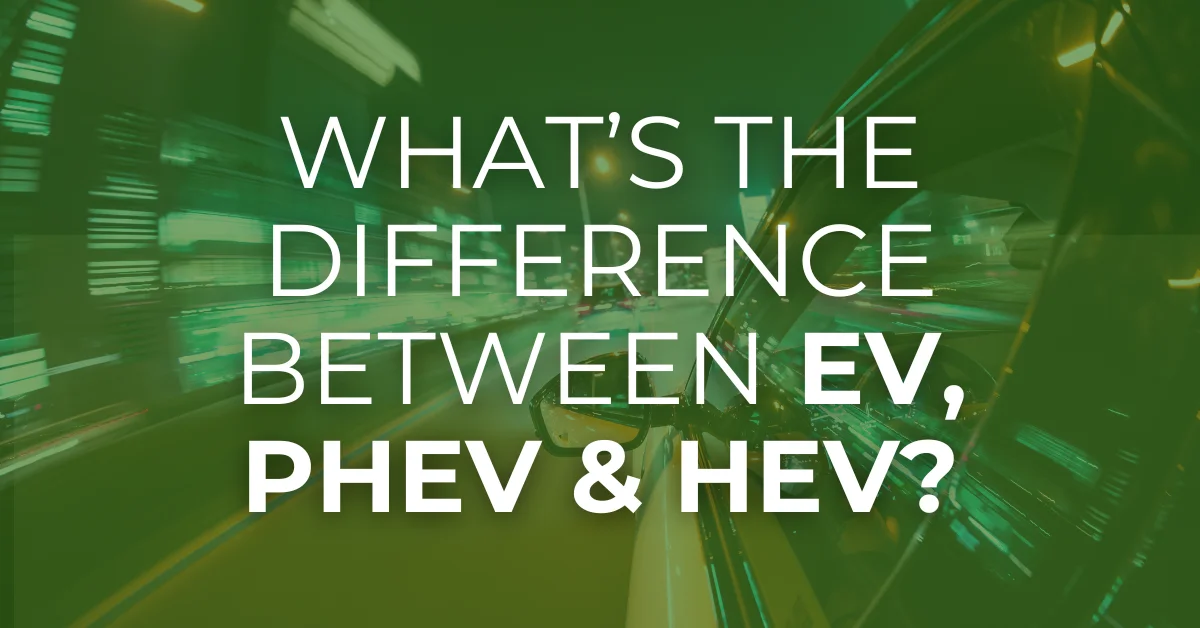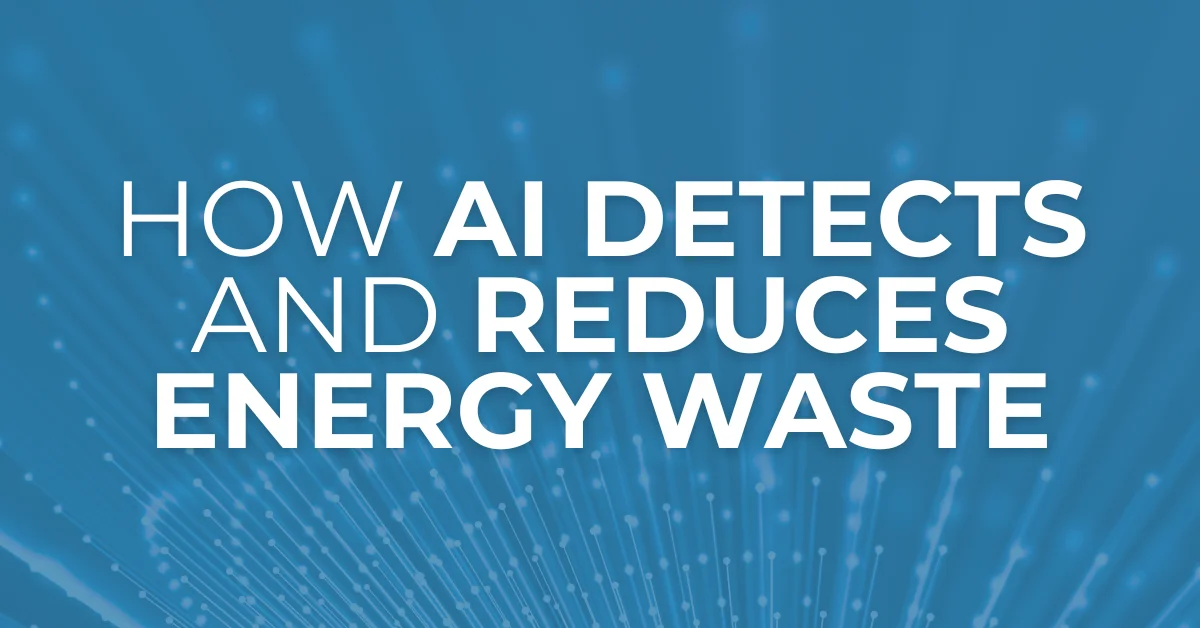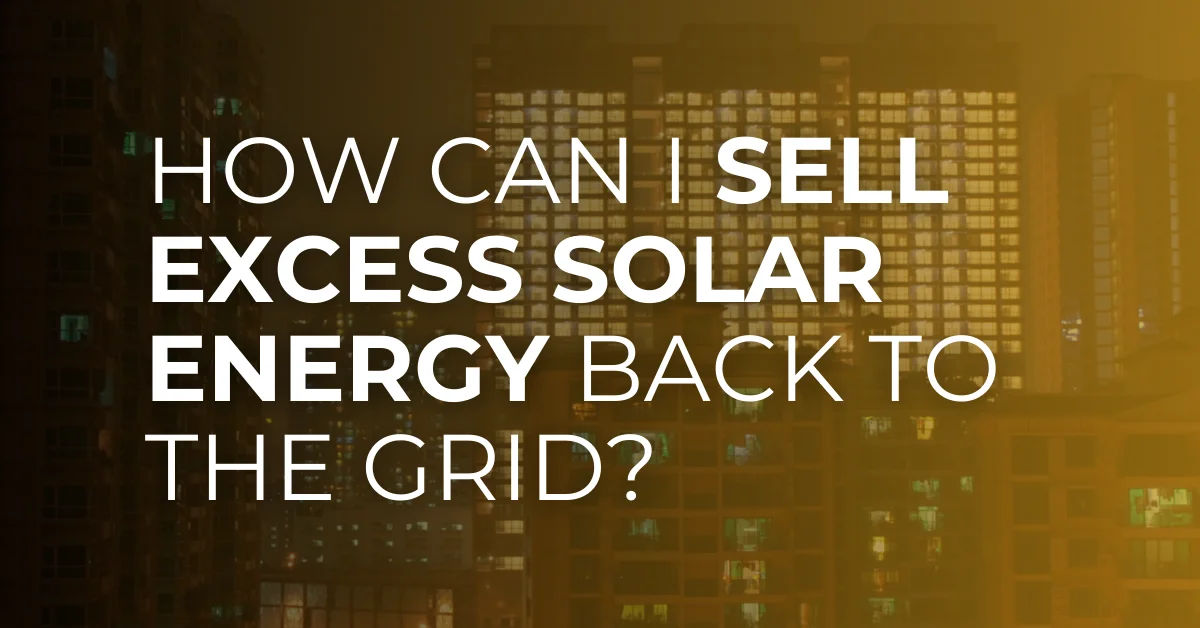For decades, the traditional power grid has supplied electricity through a centralized system, transmitting power over long distances. While effective, it comes with challenges—outages, transmission losses, and reliance on aging infrastructure.
Microgrids offer a localized alternative, generating and distributing power independently. They improve reliability, integrate renewables, and reduce dependence on the main grid.
This article breaks down the key differences between microgrids and traditional grids, helping you understand which is better suited for the future of energy.
Traditional Grid: Centralized but Vulnerable
Unlike microgrids, which generate and distribute power locally, the traditional grid relies on centralized power plants that transmit electricity over long distances through a network of substations and power lines. This system powers entire cities and regions, but it comes with key weaknesses:
- Susceptibility to Outages – A single failure can cascade across the grid, causing widespread blackouts.
- Transmission Losses – Energy is lost as electricity travels through miles of power lines.
- Limited Renewable Integration – Traditional grids rely heavily on fossil fuels, making it harder to transition to clean energy.
- Slow Recovery – After storms or equipment failures, restoring power can take hours or even days.
While the traditional grid has supported modern infrastructure for decades, its inefficiencies are becoming more apparent, driving interest in microgrids as a smarter, more resilient alternative.
Microgrids: Local, Resilient, and Smarter
Unlike the centralized traditional grid, microgrids generate and distribute power locally, reducing dependence on long transmission lines. They can operate independently or connect to the main grid, offering flexibility and resilience in case of outages.
Key advantages of microgrids:
- Improved Reliability – Can “island” from the main grid and keep running during blackouts.
- Lower Transmission Losses – Energy is used close to where it’s generated, making it more efficient.
- Better Renewable Integration – Easily incorporates solar, wind, and battery storage for cleaner energy.
- Energy Independence – Businesses, campuses, and communities can control their own power supply.
With increasing grid instability and rising energy costs, microgrids are becoming a viable alternative for those looking for more control, sustainability, and resilience.
Key Differences Between Microgrids and Traditional Grids
Microgrids and traditional grids serve the same purpose—delivering electricity—but they differ in how they generate, distribute, and manage power. Here’s a breakdown of the major differences:
1. Power Generation: Centralized vs. Decentralized
- Traditional Grid – Electricity comes from large, centralized power plants, often located far from end users.
- Microgrid – Power is generated locally, often from a mix of renewable sources like solar and wind.
2. Reliability: Widespread Outages vs. Local Resilience
- Traditional Grid – A single failure can trigger large-scale blackouts, leaving thousands without power.
- Microgrid – Can operate independently (islanding), keeping the lights on even if the main grid fails.
3. Efficiency: High Transmission Losses vs. Minimal Losses
- Traditional Grid – Electricity travels long distances, leading to energy loss along power lines.
- Microgrid – Energy is generated and used in the same area, minimizing waste.
4. Renewable Integration: Limited vs. Optimized
- Traditional Grid – Primarily powered by fossil fuels, with slow adoption of renewables.
- Microgrid – Designed to integrate solar, wind, and battery storage efficiently.
5. Cost: Ongoing Utility Bills vs. Upfront Investment
- Traditional Grid – Businesses and homes pay for electricity with little control over costs.
- Microgrid – Higher initial investment but long-term savings through energy independence and efficiency.
These differences make microgrids a compelling option for businesses, institutions, and communities looking for a more resilient, efficient, and sustainable energy solution.
Benefits of Microgrids Over Traditional Grids
Microgrids offer several advantages over traditional grids, making them a smarter, more resilient energy solution for businesses, institutions, and communities.
1. Resilience Against Outages
Microgrids can disconnect from the main grid (islanding) and keep operating during blackouts. This is crucial for hospitals, data centers, and disaster-prone areas that require uninterrupted power.
2. Better Renewable Energy Integration
Unlike traditional grids, which rely heavily on fossil fuels, microgrids are designed to seamlessly integrate solar, wind, and battery storage—reducing carbon footprints and lowering energy costs over time.
3. Lower Transmission Losses & Higher Efficiency
Since microgrids generate electricity locally, they avoid the long-distance transmission losses that occur in traditional grids, making power delivery more efficient and cost-effective.
4. Energy Independence & Cost Control
With a microgrid, businesses and communities can produce their own electricity, reducing reliance on utility companies and shielding themselves from grid failures and rising energy prices.
5. Grid Support & Peak Load Management
Microgrids can reduce strain on the main grid by supplying excess energy during peak demand, improving overall grid stability and reducing the need for costly infrastructure upgrades.
Conclusion
Microgrids and traditional grids serve the same fundamental purpose—delivering electricity—but they operate in fundamentally different ways. Traditional grids rely on centralized power plants and long-distance transmission, making them vulnerable to outages and inefficiencies. Microgrids, on the other hand, provide localized, resilient, and efficient energy solutions that integrate renewables and reduce dependence on the main grid.
As energy demands grow and reliability concerns increase, microgrids are becoming a viable alternative for businesses, institutions, and communities seeking energy independence. While they require an upfront investment, their long-term benefits in reliability, cost savings, and sustainability make them an attractive option for the future of energy.
Whether for disaster resilience, cost control, or sustainability goals, microgrids are reshaping the way we think about power generation and distribution.




